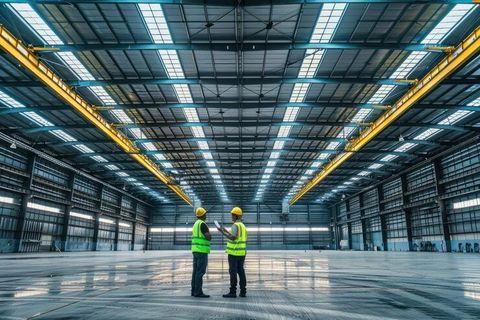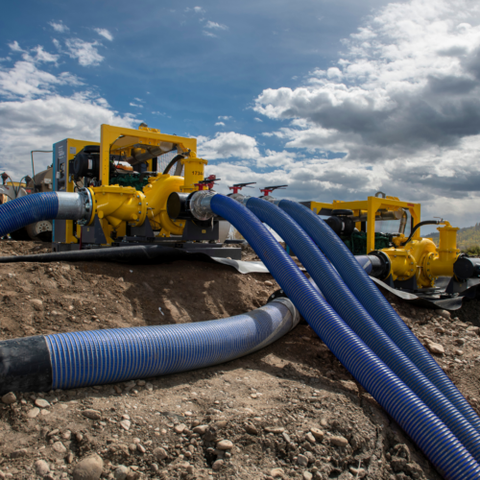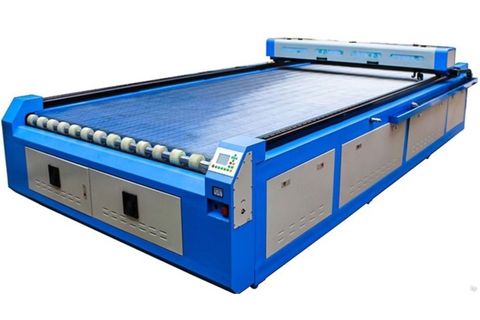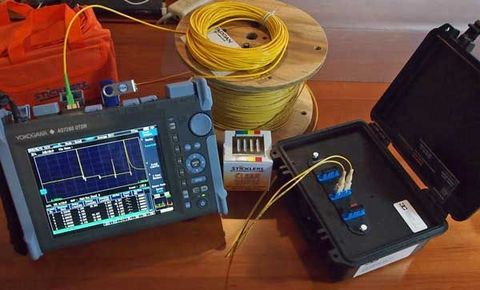Guide to Vertical Lift Module System (VLM): Key Insights, Basics & Knowledge
A Vertical Lift Module System, commonly referred to as a VLM, is an automated storage and retrieval system designed to store items vertically and deliver them to an operator at an ergonomic height. It exists to make storage more structured, reduce floor space usage, and improve efficiency in workflows where rapid retrieval of materials is required.
VLM technology is built around two major components: a vertical storage tower and an internal extractor that moves trays up or down to present stored items at a central access opening. This reduces the need for employees to walk through aisles, search for materials, or manually handle heavy loads.
Industries such as logistics, retail distribution, automotive, aerospace, healthcare, and electronics manufacturing use Vertical Lift Modules to store tools, components, and inventory in an organized manner. As warehouses and production floors have become increasingly data-driven, VLMs help support storage optimization and automation practices.
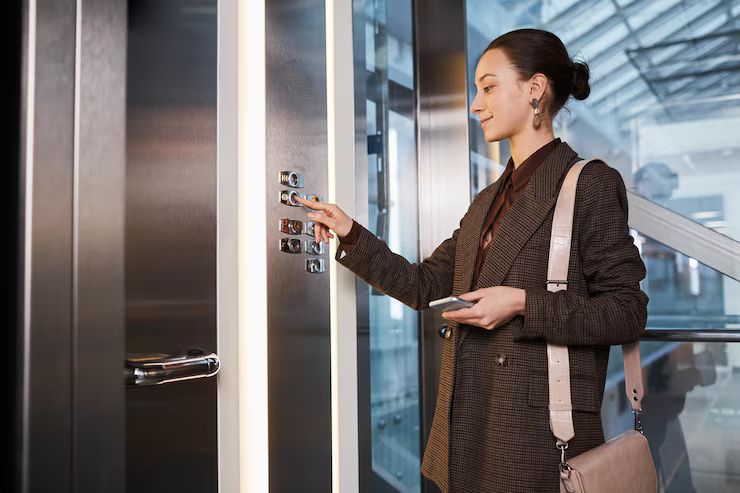
Importance
Vertical Lift Module Systems play an essential role in modern warehousing and industrial management. Their relevance comes from increasing demand for space-efficient storage, digital inventory accuracy, and workplace ergonomics. Key advantages include:
-
Efficient use of vertical space which allows facilities to store more materials without structural expansion.
-
Reduced picking time, since items are automatically delivered to the operator instead of requiring manual searching.
-
Improved safety and ergonomics, minimizing bending, climbing, or lifting tasks that can lead to injuries.
-
Inventory traceability, allowing materials to be logged, scanned, and tracked digitally.
-
Supports lean operations, especially in facilities that handle high-volume storage and fulfillment tasks.
The groups most impacted by VLM adoption include warehouse managers, inventory analysts, production engineers, and facility planners. By addressing storage challenges, VLMs contribute to smoother workflows, optimized material handling, and improved productivity.
Recent Updates
In the last year (2024–2025), several innovations have shaped the evolution of Vertical Lift Module Systems. Many updates reflect the global shift toward Industry 4.0, automation, and real-time data monitoring. Notable developments include:
-
AI-assisted load optimization (2024): Systems can analyze tray weight distribution to maximize storage density and stability.
-
Cloud-connected inventory dashboards (2025): Facilities can monitor stock levels across multiple sites from a single interface.
-
Touchless user authorization (2024): RFID and biometric access controls improve security and traceability.
-
Energy-efficient motors (2025): New VLM models use regenerative energy systems to reduce power consumption.
-
Integration with Warehouse Management Systems (WMS) (2025): VLMs now connect more smoothly with ERP and IoT inventory tools for synchronized updates.
Additionally, demand for compact automation solutions has increased as global logistics networks expand. This positions VLMs as a central component in storage automation strategies.
Laws or Policies
Vertical Lift Module Systems operate under safety, workplace, and data-based regulations depending on region. Common frameworks influencing VLM adoption include:
-
OSHA Safety Guidelines (United States): Promotes proper machine guarding, ergonomic design, and operator safety.
-
CE Machinery Directive (Europe): Ensures equipment design meets safety and quality requirements before market release.
-
ISO 3691 Standards for Industrial Equipment: Establishes performance and testing guidelines for automated storage machines.
-
Environmental & Energy Regulations: Many regions encourage energy-efficient machinery aligned with sustainability programs.
-
Data Compliance Policies: When VLM software stores inventory logs, companies must follow data retention rules for auditing accuracy.
Government and industry associations often recommend safe equipment operation training, particularly where machine-to-human interaction is involved. Compliance helps reduce workplace hazards and ensures equipment reliability.
Tools and Resources
Many helpful resources exist to support the understanding and management of Vertical Lift Module Systems. These tools assist with planning, calculation, training, and integration:
-
Warehouse layout planning tools for optimizing floor space and determining ideal VLM placement.
-
Inventory tracking platforms that sync with automated storage for log accuracy and auditing.
-
Material handling simulation software to visualize throughput and picking workflows before deployment.
-
Ergonomic guidelines published by industry associations for safe and comfortable equipment interaction.
-
Educational handbooks and online tutorials explaining automated storage fundamentals and maintenance routines.
Specialized calculators also help estimate tray density, pick frequency, and vertical storage utilization. These resources make automation easier to evaluate and adopt inside facilities.
FAQs
What is a Vertical Lift Module System?
A VLM is an automated vertical storage system that organizes materials in stacked trays and automatically delivers items to an operator at a central access point.
How does a VLM improve warehouse efficiency?
It reduces travel time, increases storage capacity, enhances traceability, and improves worker safety through automated item retrieval.
Which industries use VLMs the most?
Common users include logistics centers, automotive manufacturing, medical supply storage, electronics assembly, and aerospace production.
Are VLMs part of Industry 4.0 technologies?
Yes. Many VLMs integrate with IoT software, AI-based optimization, and cloud dashboards, making them compatible with digital transformation strategies.
What safety considerations apply to VLM operation?
Workers should follow lock-out procedures, avoid reaching into moving mechanisms, and use equipment access only with authorized controls.
Conclusion
Vertical Lift Module Systems offer a structured and technology-driven method of material storage. Their purpose is clear—maximize space, reduce manual handling, and support digital inventory management. As industries adapt to modern storage demands, features like AI-assisted optimization, cloud connectivity, and energy-efficient mechanics continue shaping how VLMs operate.
Regulations encourage safe machine handling and equipment quality, while digital tools help organizations plan and maintain storage more effectively. With increasing relevance in industrial automation, VLMs remain an important part of efficient warehouse design and inventory workflows.




